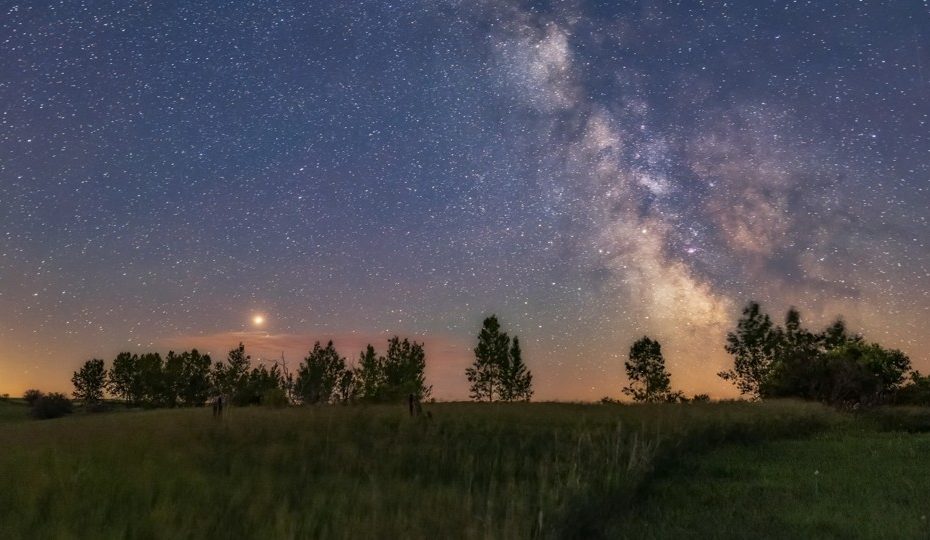This Black Hole Probably Shouldn’t Exist
There’s a spot in space, thousands of light-years from here, that might best be described as a cosmic amusement park. A supergiant star, so hot that it glows electric blue, and a black hole spin around each other at extraordinary speeds, orbiting so closely that some of the star’s material is pulled toward the black hole. The stellar particles swirl around the invisible object in a tilt-a-whirl of luminous reds and oranges.

























